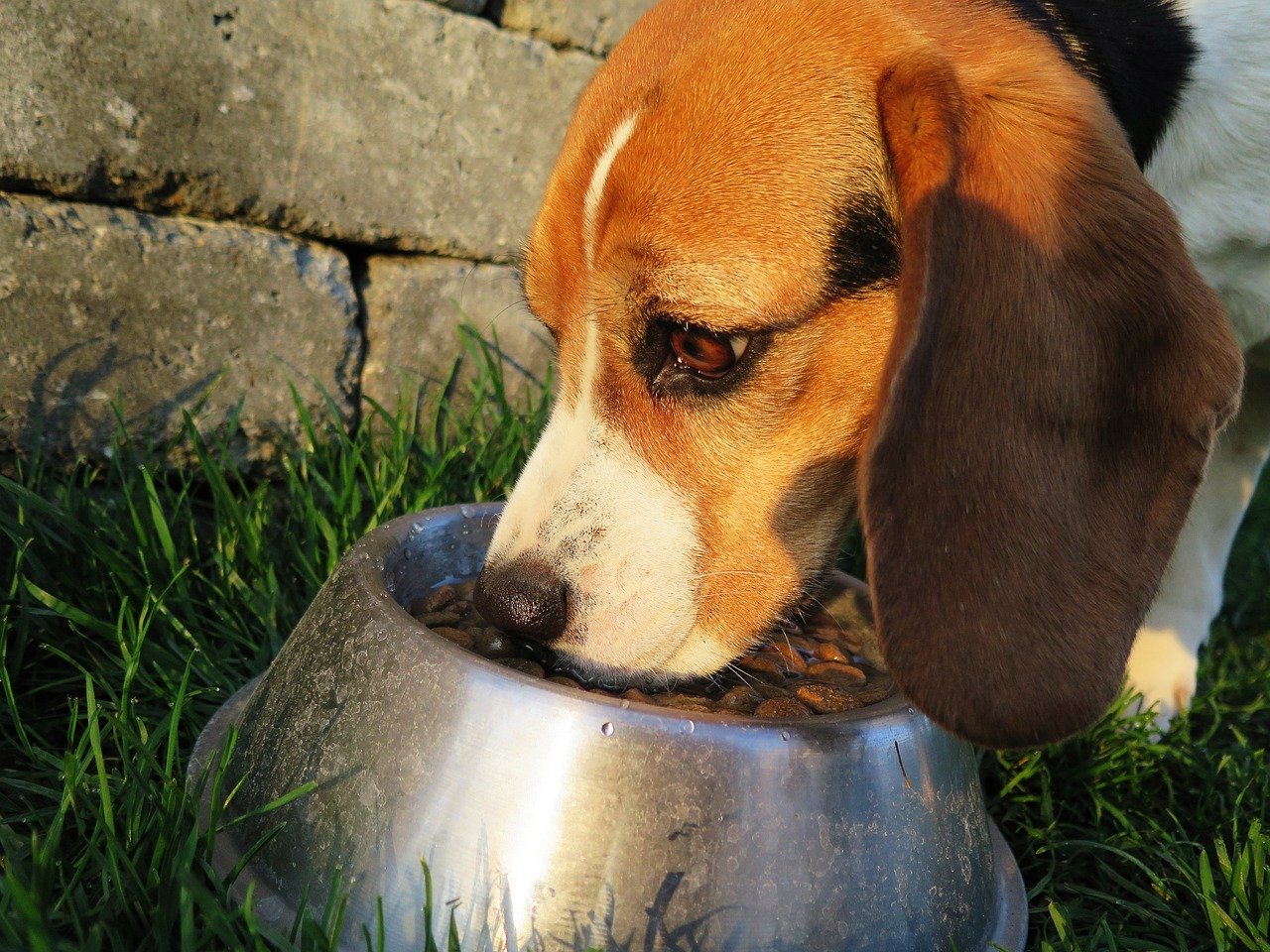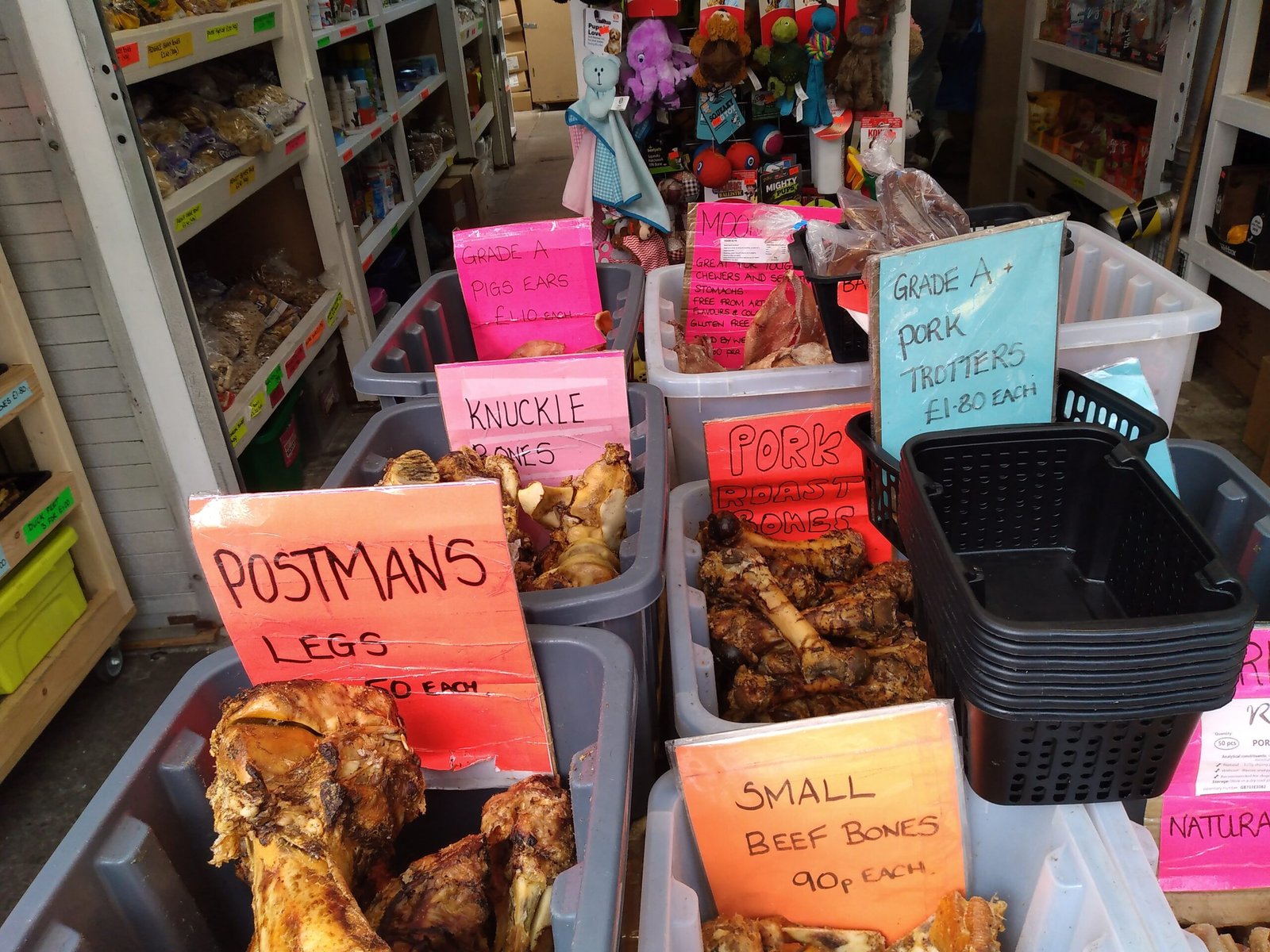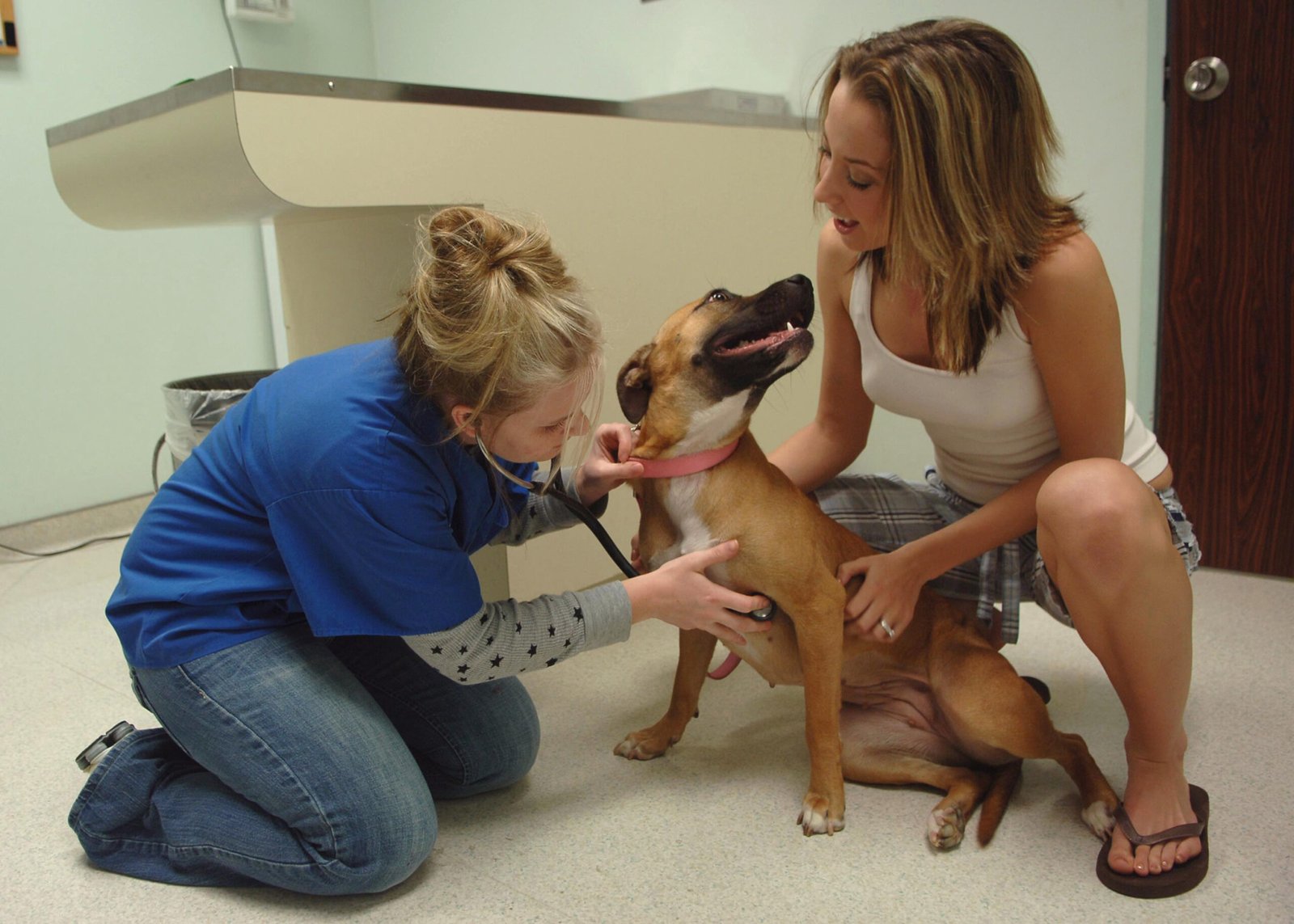Dealing with a picky dog eater can be both frustrating and worrisome, especially when you’re trying to make sure they’re getting the right nutrition. Some dogs turn their noses up at kibble, while others seem to lose interest in food altogether, leaving owners scrambling for solutions. The good news? There are plenty of ways to encourage healthy eating habits without turning mealtime into a battle. From adjusting portion sizes to adding tasty toppers, small changes can make a big difference. Understanding why your pup is being fussy is the first step to finding the right fix—and making mealtime enjoyable for both of you!
The Challenge of Picky Eating in Dogs
Living with a picky eater can be a source of endless frustration for dog owners. Much like a child who turns up their nose at vegetables, some dogs seem to have a special talent for refusing food that doesn’t meet their exacting standards. This behavior can be puzzling and concerning, especially when you’ve spent time and money trying to find a diet your furry friend will enjoy. The reasons behind picky eating can vary widely, from medical issues to behavioral quirks. Understanding why your dog may be acting like a canine food critic is the first step in addressing the problem. It’s essential to remember that while this issue can be challenging, it is not insurmountable.
Understanding the Reasons Behind Picky Eating

The root causes of picky eating in dogs can be complex and multifaceted. For some dogs, their selective eating habits may stem from underlying medical conditions such as dental issues or gastrointestinal problems. In these cases, eating may cause discomfort, leading them to avoid certain foods. Behavioral factors can also play a significant role. Dogs are creatures of habit, and changes in routine or environment can affect their eating habits. Furthermore, some dogs may develop a preference for certain textures or flavors, making them less willing to try new foods. Recognizing these factors can help in devising an appropriate strategy to encourage more consistent eating.
The Impact of Food Presentation
Presentation isn’t just important for humans; it can also make a significant difference for your dog. The way food is presented can alter your pet’s interest in their meal. Consider the texture and temperature of the food. Some dogs prefer dry kibble, while others might favor wet food. Experimenting with warming the food slightly can sometimes make it more enticing. Additionally, presenting the food in a clean bowl in a quiet, undisturbed area of the house can help reduce anxiety and encourage eating. Much like a gourmet dish prepared with care, a thoughtfully presented meal can pique your dog’s interest.
Establishing a Routine Feeding Schedule

Dogs thrive on routine, and establishing a consistent feeding schedule can help alleviate picky eating habits. Feeding your dog at the same times each day creates a sense of predictability, which can be comforting. It also helps to prevent grazing behavior, where the dog eats a little here and there throughout the day. Instead, offer meals at set times and remove the bowl after 20-30 minutes, whether the food is finished or not. Over time, this can encourage your dog to eat when food is available. Consistency in routine provides a structured environment that can positively influence a dog’s eating habits.
Incorporating Variety and Nutrition

Variety can be the spice of life, even for dogs. If your dog is a picky eater, it might be beneficial to introduce a variety of foods to keep their diet interesting. This doesn’t mean constantly switching brands or types, which can upset their stomach. Instead, try adding fresh, dog-safe ingredients like cooked vegetables or a small amount of meat to their regular food. This can enhance the flavor and nutritional value of their meal. It’s important to ensure that any additions are safe and appropriate for canine consumption to avoid health issues.
Understanding Behavioral Conditioning
Behavioral conditioning can be a powerful tool in addressing picky eating habits. Dogs often learn behaviors based on past experiences, and if they’ve been rewarded for being picky (perhaps by receiving tastier treats when they refuse their regular food), they may continue this behavior. To combat this, try reinforcing positive eating behavior with praise or a small treat after they eat their meal. Avoid giving in to their pickiness by offering alternative foods immediately. By consistently rewarding good eating habits, you can gradually shift your dog’s behavior towards more regular eating.
When to Consult a Vet

If your dog’s picky eating habits persist despite your best efforts, it may be time to consult a veterinarian. Persistent refusal to eat can lead to nutritional deficiencies and other health problems. A vet can help rule out any underlying medical conditions that might be causing the behavior. They can also provide guidance on dietary requirements and suggest potential solutions tailored to your dog’s specific needs. It’s better to seek professional advice sooner rather than later to ensure your pet’s health and well-being.
Patience and Persistence Are Key
Changing a dog’s eating habits is not an overnight task. It requires patience and persistence from the owner. There may be setbacks and days when your dog seems uninterested in food despite your efforts. But with consistent application of the strategies outlined above, most dogs can learn to be less picky. Celebrate small victories along the way and maintain a positive attitude. Remember that your dog looks to you for guidance, and your persistence will eventually pay off.
Building a Stronger Bond Through Mealtime

Mealtime can be more than just a routine; it can be an opportunity to strengthen the bond between you and your dog. By taking the time to understand and address your dog’s eating habits, you demonstrate care and commitment to their well-being. Sharing positive experiences around food can enhance the trust and affection between you and your pet. Enjoy these moments, as they are opportunities to connect with your furry family member.
Conclusion
Navigating the world of picky dog eaters can indeed be a test of patience and creativity. However, by understanding the underlying causes, experimenting with food presentation, and establishing a routine, you can help your dog develop healthier eating habits. Remember, consistency and patience are your best allies in this journey. With time and effort, mealtime can transform from a frustrating ordeal into a pleasurable experience for both you and your beloved pet.

Andrew Alpin from India is the Brand Manager of Doggo digest. Andrew is an experienced content specialist and social media manager with a passion for writing. His forte includes health and wellness, Travel, Animals, and Nature. A nature nomad, Andrew is obsessed with mountains and loves high-altitude trekking. He has been on several Himalayan treks in India including the Everest Base Camp in Nepal.





